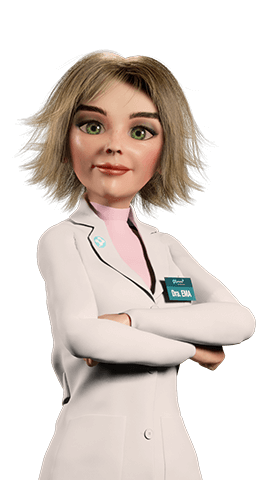Parasites
Lice! This embarrassing and irritating invasion of privacy
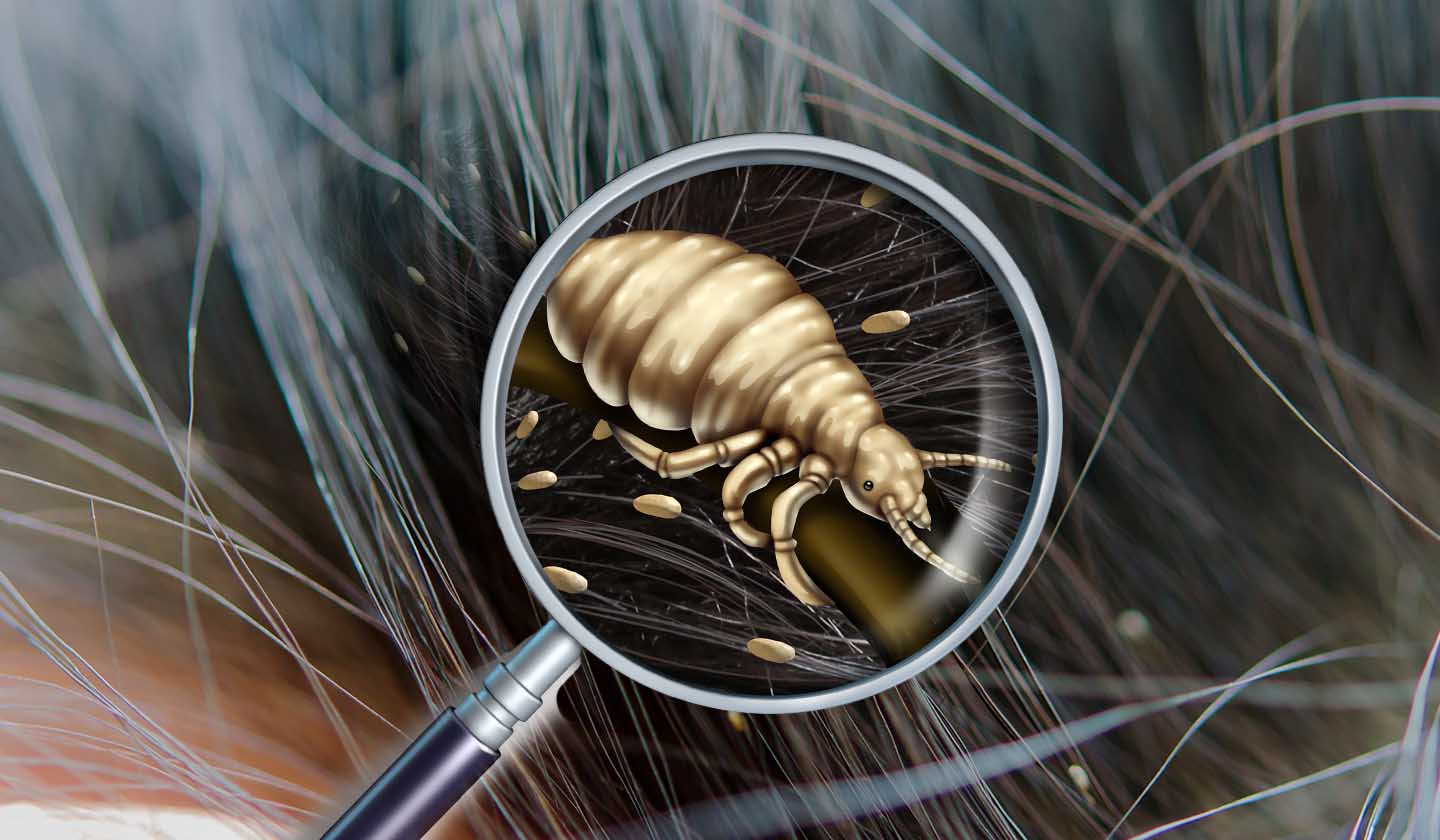
Infestation of humans by head lice (pediculus humanus capitis) is frequent and is called pediculosis.
Lice are small parasites, without wings (they do not fly), which need a host (a human) to complete their life cycle.
Lice feed through a bite on the scalp, which leads to itching. They multiply by depositing shiny, whitish eggs called nits in the hair. 7 to 10 days later, new lice break out and start a new reproductive cycle after 14 days. That is an infestation known as pediculosis.
Pediculosis can happen on “any scalp”, regardless of age, race, social status and is not related to poor hygiene.
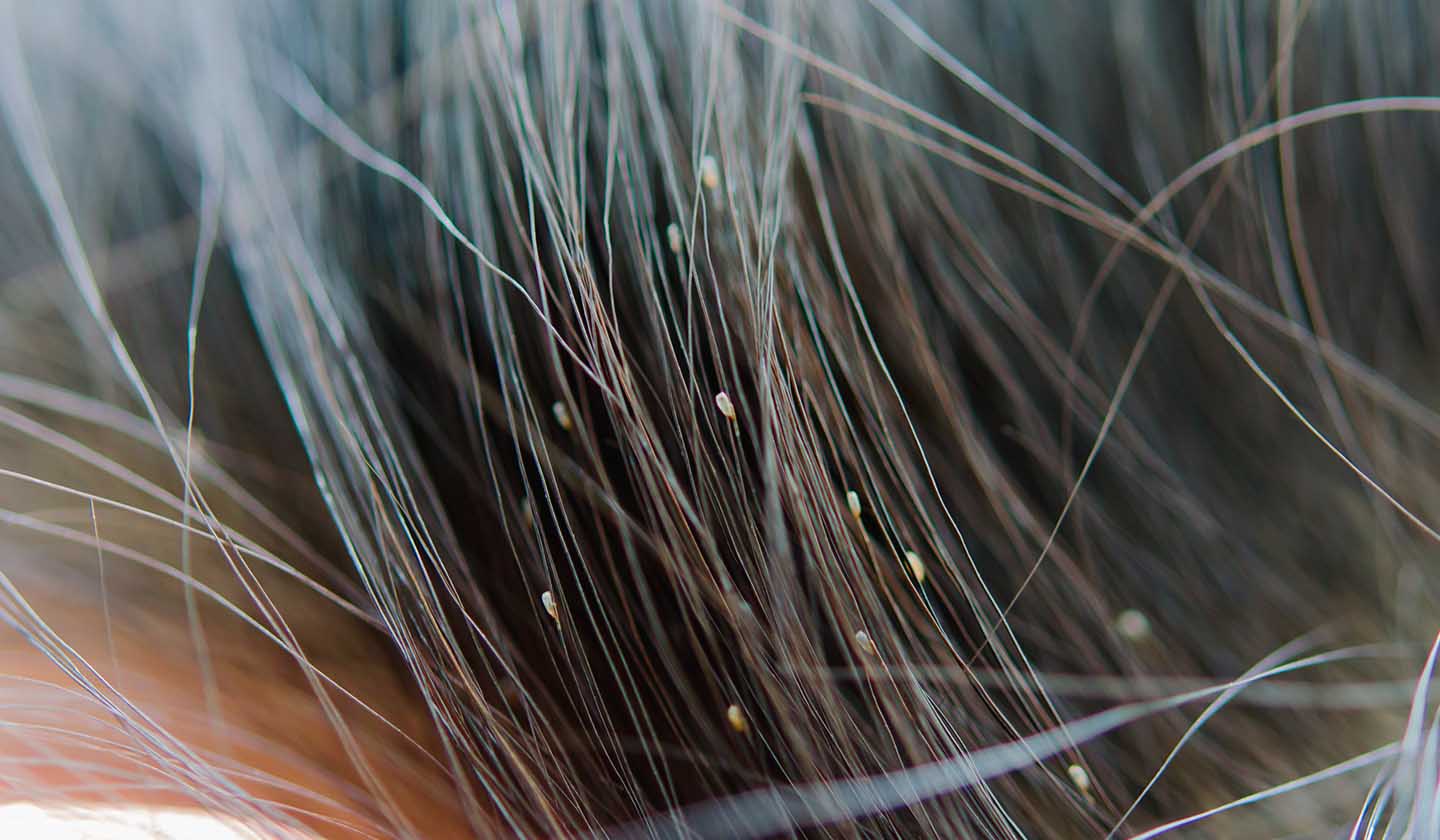
Transmission
- Direct contact - they move easily from one head to another
- Indirect contact - combs, hats, brushes, pillows, sheets...
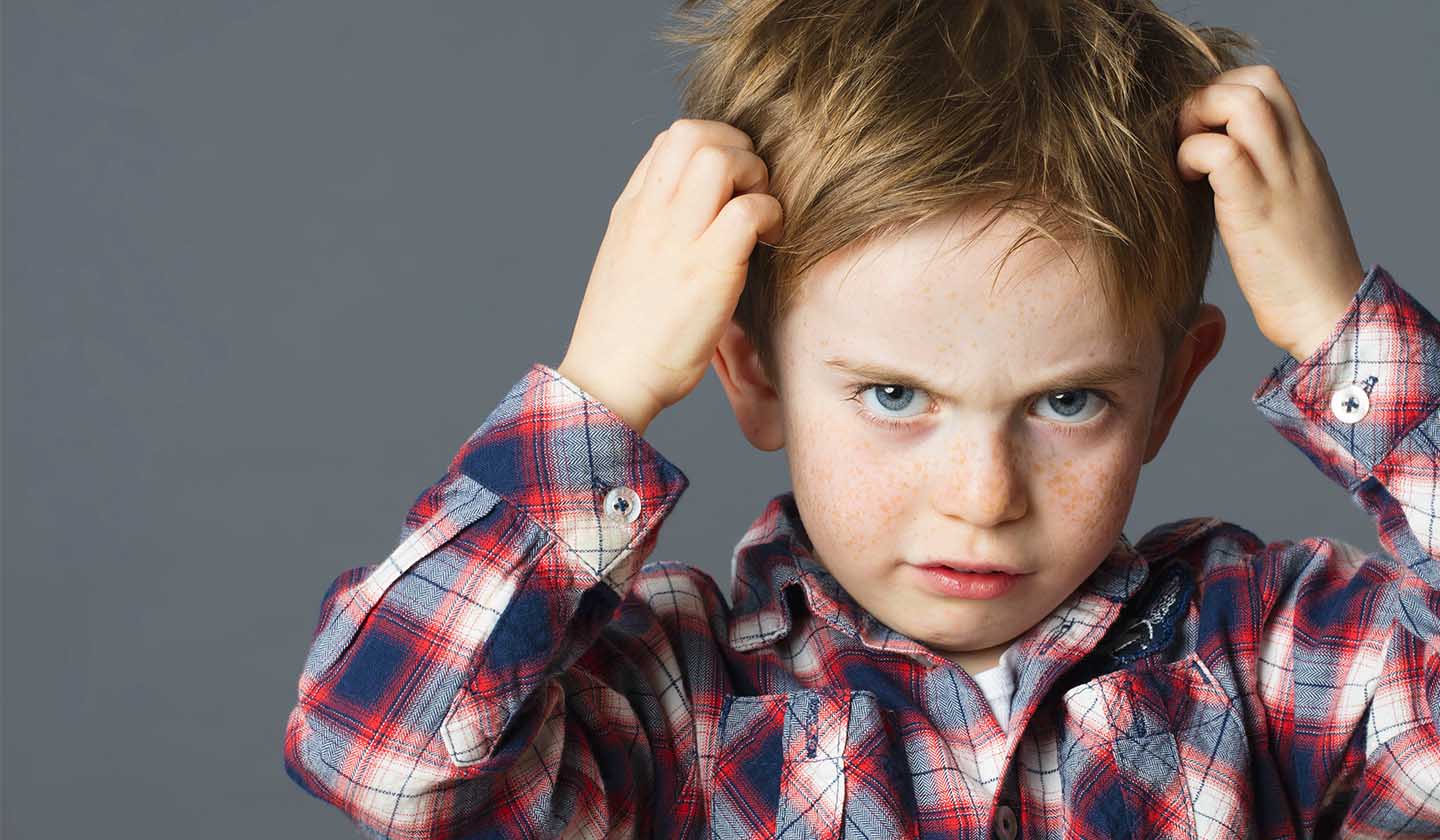
Symptoms
A lice infestation is manifested by itching on the scalp, especially at the nape of the neck and over the ears, as the temperature and humidity conditions in these areas are more favourable.
Lice on the scalp and nits (eggs) attached to the hair should be visible to the human eye.
Small pruritic papules may arise, grouped mainly on the nape of the neck. A secondary bacterial infection (impetigo) can break, forming crusts.
There may be lymphadenopathy, sleep disorders and eczema.
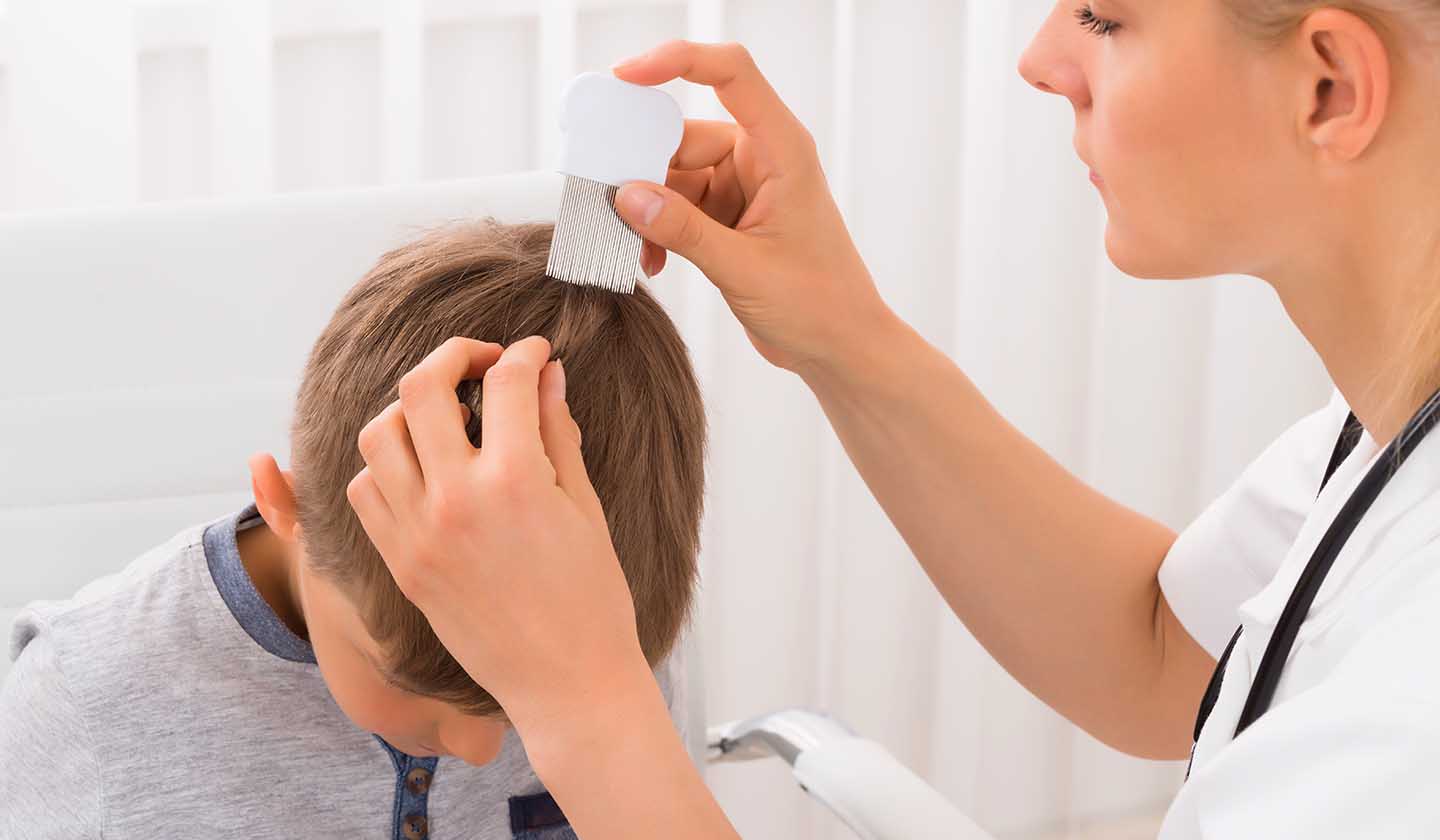
Treatment
If there is some suspect of lice, even if there is no itching, it is important to check for live lice and nits to confirm the infestation.
During treatment, the following rules should be considered:
- Comb wet hair over a white towel with a lice comb. During infestation periods, repeat the procedure daily for two weeks.
- Wash personal and bed clothes at temperatures > 60º;
- Vacuum the floor or furniture;
- Have a haircut. Short hair (< 8 mm) prevents infestation.
- Dip combs and brushes in hot water (> 60ºC) for 5 to 10 minutes, even if there are no visible parasites;
- Store what cannot be washed in closed bags for 2 weeks.
The most effective treatments are the application of antiparasitic agents, in the form of shampoo, cream, spray, foam or lotion, or the use of products that facilitate mechanical removal, metal and electronic combs.
These products must be applied to the hair and scalp, not forgetting the area behind the ears and neck. Then, comb the hair with a fine comb to remove lice and nits. When a second application is indicated, wait 7 to 10 days.
The use of antiparasitic drugs should always be advised by your pharmacist and it is important that the patient and/or caregiver correctly follow the instructions for use of each product.
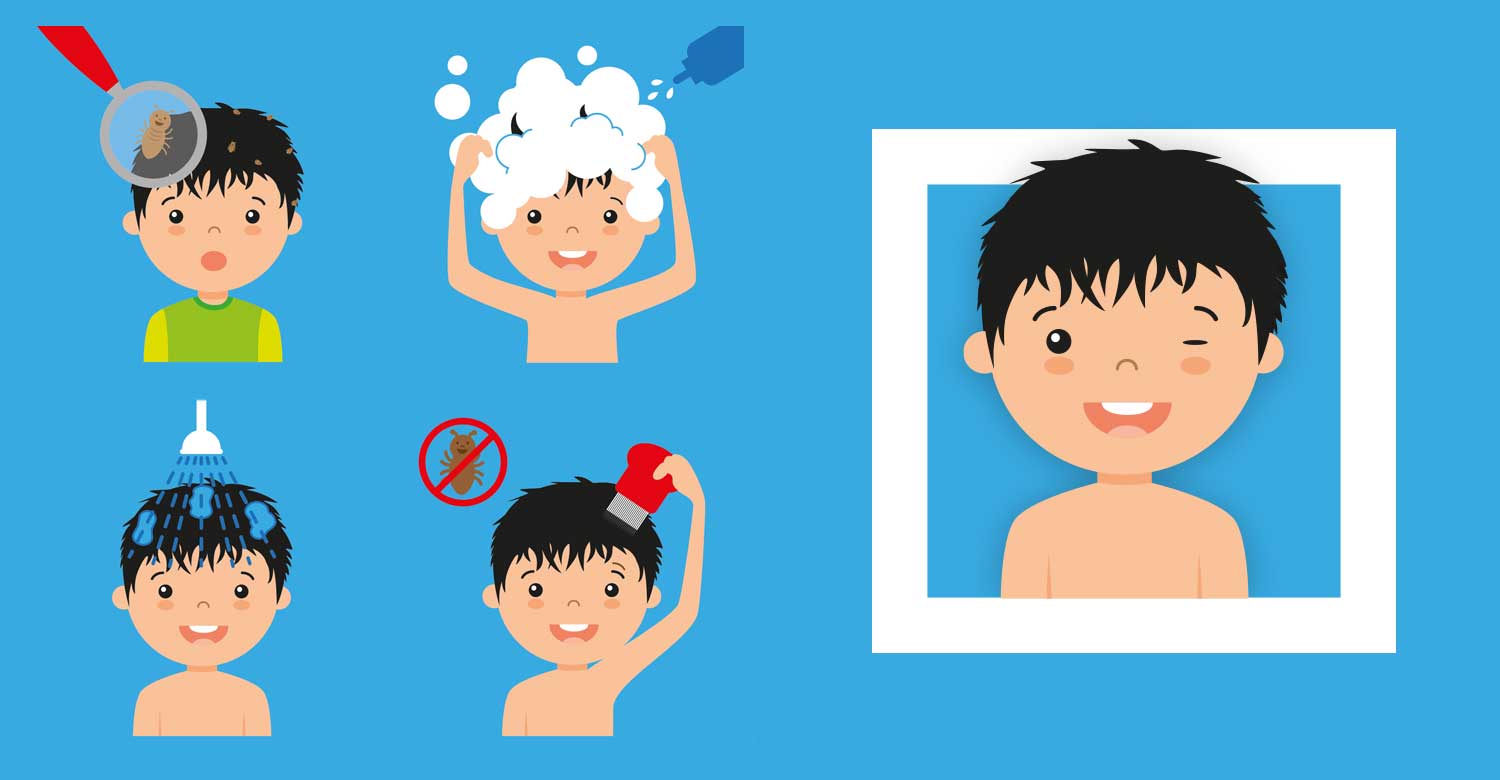
Prevention/care to be taken
Pediculosis can be prevented by:
- Avoiding direct contact with infested people’s hair and with possibly infested objects or materials;
- Taking general measures regarding objects or materials possibly infested (as described above).
- In children who frequently have lice, it can be useful to keep their hair short. Also, their hair should be frequently checked, as well as other family members' hair. Repeal head lice sprays can also be used directly on hair and hats.
- Parents should inform the school and their relatives that the child has lice, so that other parents are aware and can treat their children in a timely manner and at the same time - which will also prevent new contamination.
Sources
iSaúde
Farmácia Distribuição Magazine
Também lhe poderá interessar
Signs and symptoms
Your child has a fever, don't despair, but stay vigilant
Prevention

